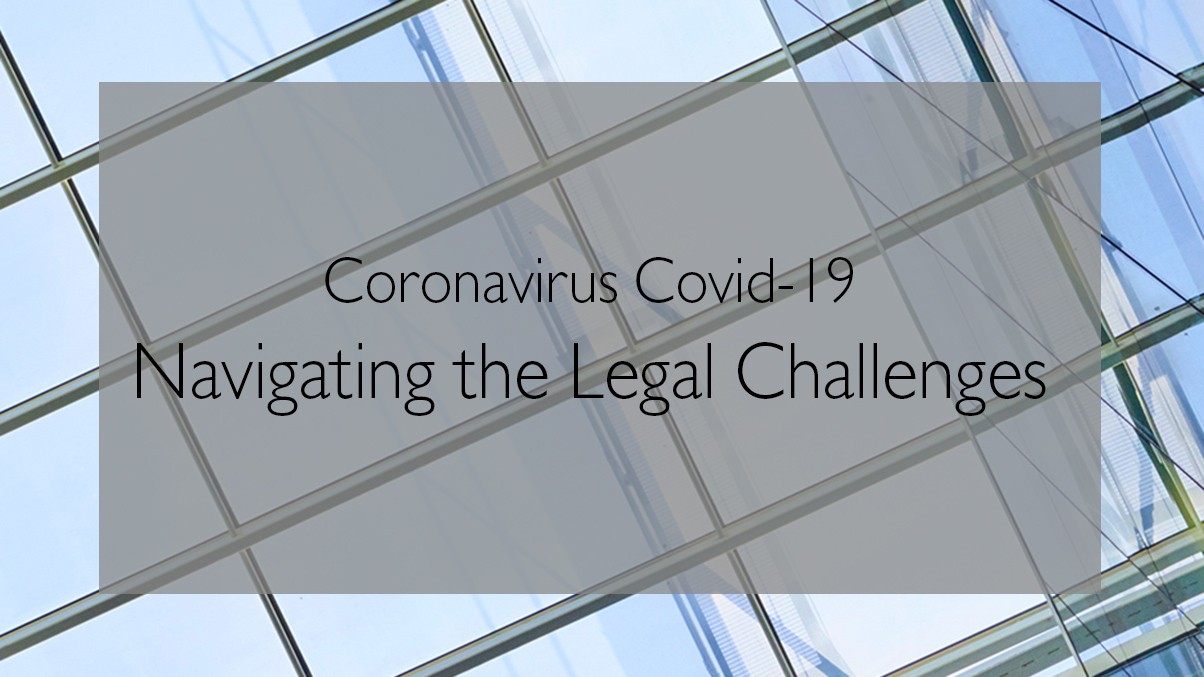Nichola Fosler, a partner in our Personal Injury team, talked with Dr Gaby Parker (Consultant Clinical Neuropsychologist, Allied Neuro Therapy Ltd) about the challenges and opportunities of virtual working for psychological assessments and interventions.
Nichola: During Covid-19, many psychologists have embraced virtual ways of working. I’m curious what impact this has had on treatment?
Gaby: It’s certainly been a very challenging time for everyone. We all had to rapidly find ways to adhere to social distancing measures introduced in the Coronavirus Act 2020 while still seeking to deliver evidence-based, effective care. Providing talking therapies over virtual technologies isn’t a new way of working for UK psychologists in general: many NHS and independent sector services have offered online, text and telephone therapy for a long time. However, traditionally we haven’t often worked in this way with clients with complex needs and disabilities following an injury or severe illness. The pace of change (and learning curve with technologies!) has been fairly dramatic for most of us.
Nichola: What have some of the benefits been?
Gaby: Well, the most obvious benefit is that video calling reduces travel demands for both the client and the psychologist. Fatigue is a common problem for people with neurological injuries, and so often we’d offer home visits. However, that does mean incurring travel costs. Video calls could also open up more flexibility for appointment times and potentially means clients could see psychologists from much further afield who specialise in their particular problems.
Nichola: As lockdown restrictions ease, do you think we will see many psychologists opting to continue working virtually? Should this be the ‘new normal’ for rehabilitation?
Gaby: I think we’ve learned that some aspects of our work can be carried out very effectively using video calls. For example, when a team is well established and know each other, review meetings or case conferences can work really well over video call. However, it can also be tricky to navigate, making sure everyone has a voice, particularly the client and their family, and this is hard when there is a large team around the client.
Nichola: I’ve noticed that many psychologists have been cautious about completing assessments via video link. Why is this?
Gaby: When you first meet a client, it’s really important to establish a rapport and help the person feel comfortable sharing their experiences with you. Otherwise, your assessment will be much less complete and reliable. Meeting someone over video link definitely makes this harder: simple things such as where to look on the screen are a bit of a dilemma! If you look into the camera, the client experiences you looking at them directly, but you might not be able to also observe the client as easily while doing that, and miss out on observing their emotional reactions, facial effect and so on. You also don’t get the same ‘feel’ for the emotions a client is conveying. This means your clinical impressions are more tentative. You have to ‘check things out’ more often with the client, which might mean they don’t feel as understood or accepted by you as easily.
Nichola: So it might take longer to make the same progress. What about psychometric testing?
Gaby : This is a real challenge. Very few neuropsychological tests were developed to be administered remotely, so the norms (the scores we’d expect for a person of their age or ability) can’t necessarily be relied on. Only some of our existing tests can be administered over a video link, as many tests need the person to interact with specific objects we give them in the session. This can mean the assessment is much less detailed than it would otherwise be. This is particularly difficult when you are trying to unpick what specific cognitive difficulties a person is experiencing, or what might be causing those. Without a full assessment, you might reach the wrong conclusions, and this clearly isn’t in the best interests of your client. In many situations, it’s better to delay the testing until you can safely see that person face to face. However, there are times when it’s absolutely essential to have some data on how a person is managing, and it can’t be delayed.
Nichola:I can see that some clients might find it harder to work over a video call compared to others.
Gaby: Absolutely. Working in neurorehabilitation, lots of clients have difficulties with communication, such as dysphasia or dysarthria, and it can be much harder for them to manage over a video call. Clients with cognitive problems (such as attention or executive functioning difficulties) can find it hard to stay focused, and it’s harder to adapt to this over a video call. For example, some clients find it easier to talk when moving around, but this is tricky if they need to stay near a computer screen to talk to me. It’s often harder to pick up on social communication difficulties over video link; for example, how someone uses and responds to eye contact.
If someone avoids eye contact, you might hypothesise that they are anxious or uncomfortable, or that they have changes in social cognition following a brain injury, or that they are angry with you, and so on. However, working via video, it could simply be that they don’t like looking at the screen for long periods, don’t know where the camera is exactly, or don’t like seeing their own face looking back at them. Lots of clients who experience migraines or headaches following a brain injury find that too much screen time triggers fatigue or pain. These are just a few examples. You always have to carefully consider whether virtual sessions are right for the particular patient and their needs.
Nichola: I imagine there are some practical barriers too?
Gaby: Of course. Not everyone has access to the right technologies. It’s often much harder for a person who did not use computers or smartphone technology beforehand to learn to use these after a brain injury. Or people with significant physical or sensory disabilities might need to be helped to set up and join the call, and this impacts on their privacy. Not every client has a confidential space in their home where they can hold a video call; they might be worried about being interrupted or overheard while sharing deeply painful and sensitive information with their psychologist. Some clients fear their session might be being recorded – this is sometimes a worry for the psychologist as well, particularly in a litigation context. You can’t always be entirely sure if there’s someone else in the room off camera, so it’s harder to make sure the therapeutic space feels safe for the client. These can all be barriers to making progress in therapy.
Nichola: I wonder what it might be like to share really upsetting or difficult feelings with your psychologist over a video link, compared to face to face.
Gaby: Some clients say it feels less personal, and they feel more alone with difficult feelings than they would if I was in the room with them. Other clients say they really value coming to a clinic so they can share their distressing or traumatic experiences with their psychologist and then ‘leave them behind’ afterwards. This helps keep their home as a ‘safe space’. If only virtual sessions were available, they would be faced with a terrible choice between not having therapy or risking their home becoming associated with traumatic or distressing memories.
All these complexities highlight the importance of continuing to offer choice, based on a robust risk assessment about what is safe for both client and psychologist. The risks of not providing face to face sessions might be higher than the risks posed by Covid-19. We have to keep constantly evaluating this to work out what’s best for each client.
Nichola: I notice that lots of psychologists take time on a home visit to connect with family members, or talk with support workers. How does working remotely affect this?
Gaby: It’s definitely harder. Lots of valuable clinical observations come from visiting the person at home. You gain an insight into how they are coping with their difficulties in everyday life, and this helps you tailor the interventions more effectively. Family members or support workers share their observations informally, but they might not reach out to you unless you’re physically present.
Nichola: So if case managers wanted to understand more, what resources are useful for us to share?
Gaby: There’s a brief document called Guidance for Psychological Professionals during the Covid-19 Pandemic put together by the British Psychological Society and other relevant professional bodies that gives a good overview. The BPS has also published Guidelines to colleagues on the use of Tele-Neuropsychology. I usually share those two with case managers or solicitors who want to understand the key issues. And most psychologists will be very happy to talk through with a case manager to work out what’s best for their client.
Covid-19 is impacting individuals and companies around the world in an unprecedented way. We have collected insights here to help you navigate the key legal issues you may be facing at this time.
You can find further information regarding our expertise, experience and team on our Personal Injury pages.
If you require assistance from our team, please contact us or alternatively request a call back from one of our lawyers by submitting this form.
Subscribe – In order to receive our news straight to your inbox, subscribe here. Our newsletters are sent no more than once a month.







